A river runs through it
Updated: 2015-06-13 07:59
By Wang Shanshan(China Daily)
|
|||||||||
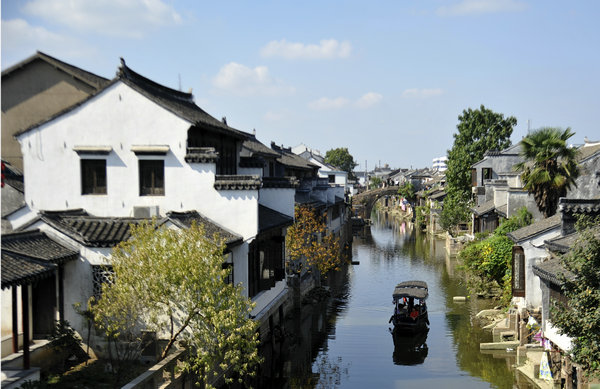 |
|
Qipu River runs across Shaxi town. [Photo by Zhao Yan / China Daily] |
Rows of houses on both banks stretch for more than 1.5 kilometers. Because the water level goes up and down in different seasons, houses are all "suspended" on the river, with brick foundations holding them well above the water in early May.
The "suspension" will soon become absolutely necessary because the water level rises from mid-June to mid-July. There is drizzling rain almost every day in this period, known as the "plum rain season" in the Yangtze River Delta because plums ripen at this time.
Water towns in the "plum rain season" provided the backdrop for much romantic literature in ancient China. My favorite poem about water towns, written in the Song Dynasty (AD 960-1279), describes the scene: "Music of the flute comes from a boat in the night; the drizzles are on; people talk on a bridge."
Bridges are necessities for water towns. Shaxi boasts three well-maintained stone-arched bridges from the Qing Dynasty (1644-1911), their names meaning "prosperity", "honesty", and "temple".
Temples first appeared in Shaxi in the latter part of Tang Dynasty (AD 618-907). The town has been a business hub ever since. The town was famous for a big fair in the Yuan Dynasty (1271-1368).
Shaxi, and the city of Taicang sit on the crossroads of the Beijing-Hangzhou Grand Canal and the Yangtze River. The 1,800-km-long canal, completed in the Sui Dynasty (AD 581-618), was the main route of travel between northern and eastern China before modern transportation means were introduced in the 19th century.
Taicang had the largest seaport at the mouth of Yangtze River, where it flows into the Pacific, until deposits at the river bottom triggered the river's minor re-route a century ago.
As a result, Shaxi and also Taicang were prosperous places, especially in the Ming Dynasty (1368-1644) when capitalism was a feature of the economy. The richness of the area was repeatedly described in Plum in the Golden Vase, a novel from the Ming Dynasty about the lives of urban businesspeople.
The novel, undisputedly the greatest piece of erotic literature in Chinese history, describes the luxurious lifestyle of people in an unknown city along the canal. Some researchers argue that the city is actually Taicang, the heart of the area where businessmen made big deals and consumed goods intended for the emperor.
Shaxi people are still successful in terms of business, so the town is in no way anxious to woo tourists. Many expensive cars are parked outside the old town area, where local families still prefer to live.
The facade of each house along the river is small, but when you enter it, you will find that the house is actually a very long but narrow courtyard, with three rows of houses inside.
After the first row of houses, or actually courtyards, along the river, there is a narrow street, then another row of courtyards and yet another street...The whole town spreads out in this way from both banks of the river.
Shaxi has several famous buildings such as the "house of seal, stream and books", and the "blossom bud house", built in the late Ming and Qing dynasties.
- China, S. Korea pledge to lift strategic cooperative partnership to new high
- WHO advises S.Korea to ban all MERS suspects' overseas travel
- New cargo train service between China, Europe opens
- IMF quits Greek talks; EU tells Tsipras to stop gambling
- Britain to award medals to over 3,000 Ebola fighters
- British film star Christopher Lee dies at 93
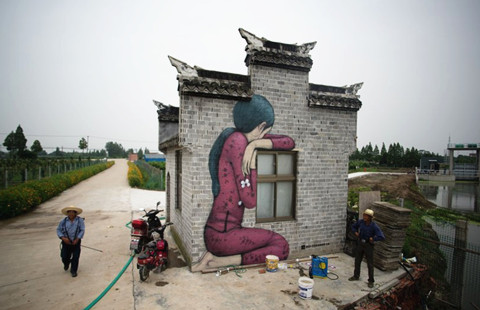
 French street artist finds inspiration in Shanghai village
French street artist finds inspiration in Shanghai village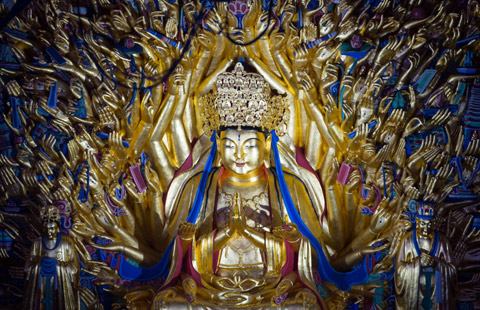
 China restores 800-year-old Buddha statue
China restores 800-year-old Buddha statue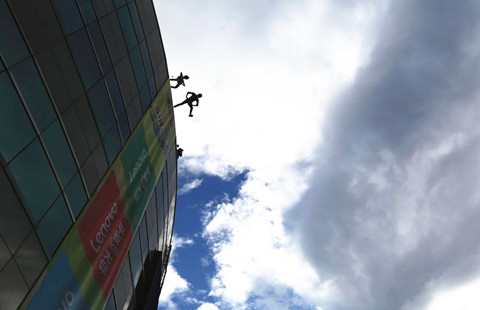
 High fashion goes vertical
High fashion goes vertical
 Across America (June 5-11)
Across America (June 5-11) Warriors top Cavaliers to square up NBA Finals
Warriors top Cavaliers to square up NBA Finals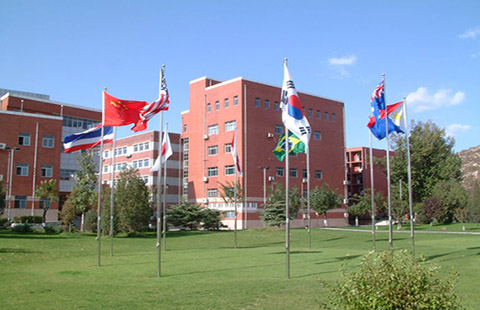
 Top 10 most expensive private schools in Beijing
Top 10 most expensive private schools in Beijing
 Want new ear or car? Try 3-D printing
Want new ear or car? Try 3-D printing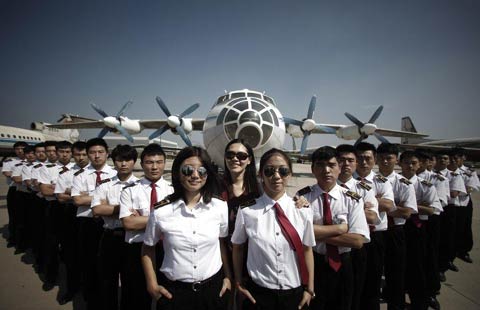
 Ten photos you don't wanna miss - June 12
Ten photos you don't wanna miss - June 12
Most Viewed
Editor's Picks

|

|

|

|

|

|
Today's Top News
US defense chief invited to visit China this year
Hillary Clinton makes pitch to working Americans at big rally
Six state firms checked in graft battle
Uber plans to invest $1 billion in China
Fan meets veterans and families
Former security chief sentenced to life in prison
Top brass visit Pentagon
China committed to addressing climate change
US Weekly

|

|







